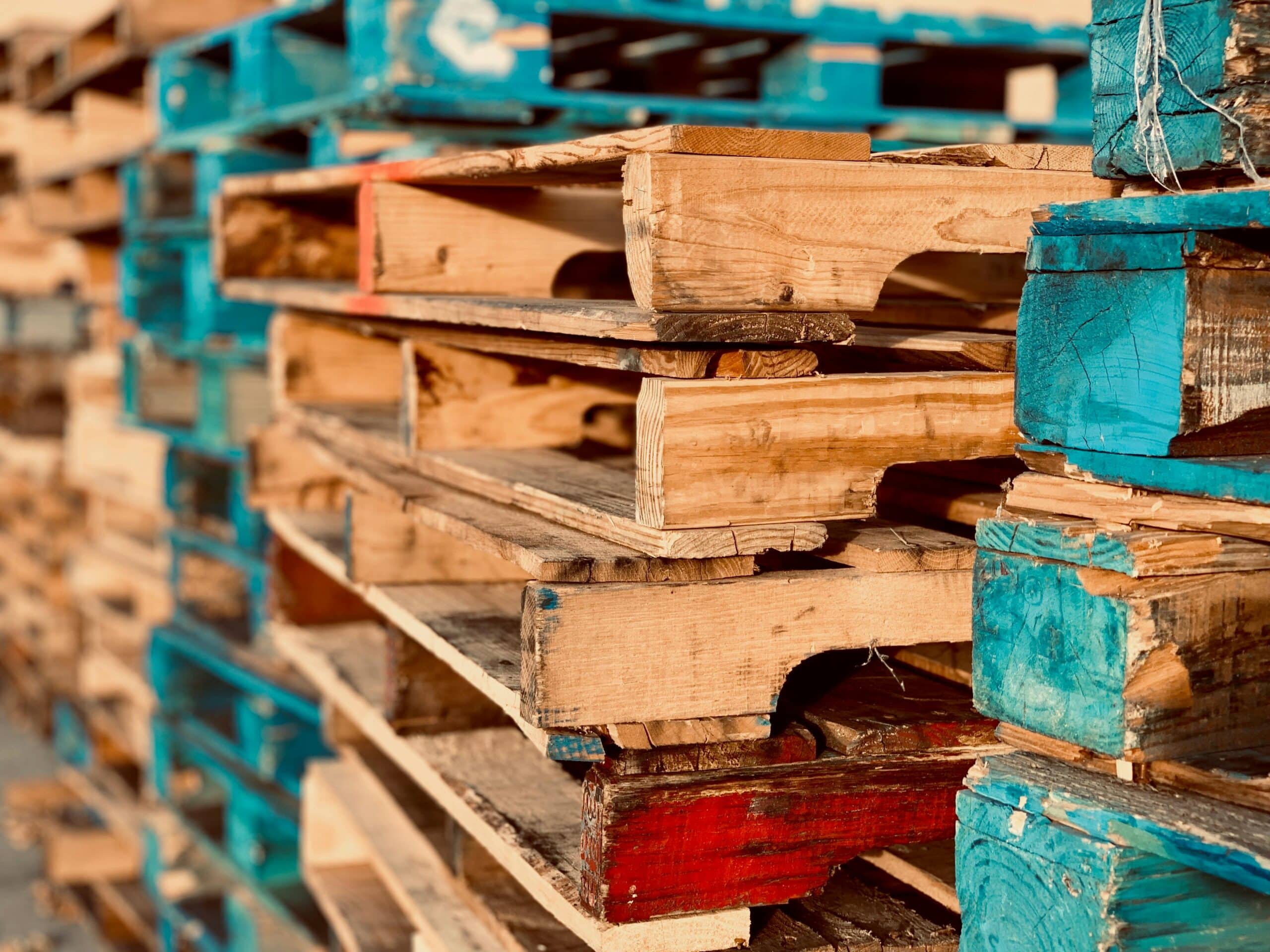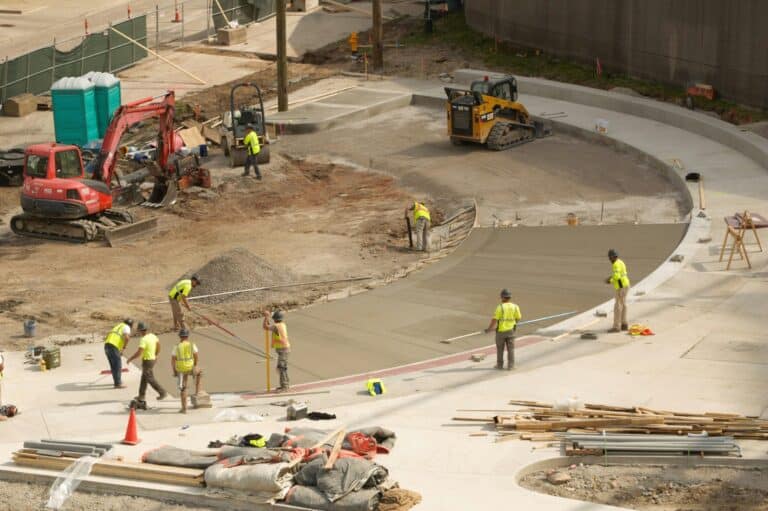The Buy American Act in construction plays a crucial role in shaping how public projects are built in the United States. Enacted in 1933 and reinforced in recent years, this law requires federal agencies to prioritize American-made materials in their procurement processes. From bridges to schools, the rule significantly affects how projects are designed, sourced, and built.
What Is the Buy American Act?
The Buy American Act (BAA) mandates that any materials used in federally funded construction projects must be manufactured in the United States. This includes items like:
| Material Type | Example |
|---|---|
| Structural Steel | Beams, Columns |
| Concrete Products | Pipes, Precast Panels |
| Electrical Equipment | Panels, Transformers |
| HVAC Systems | Air Handlers, Ducts |
The goal is to support local industries and reduce reliance on foreign imports, especially in strategic sectors like construction and infrastructure.
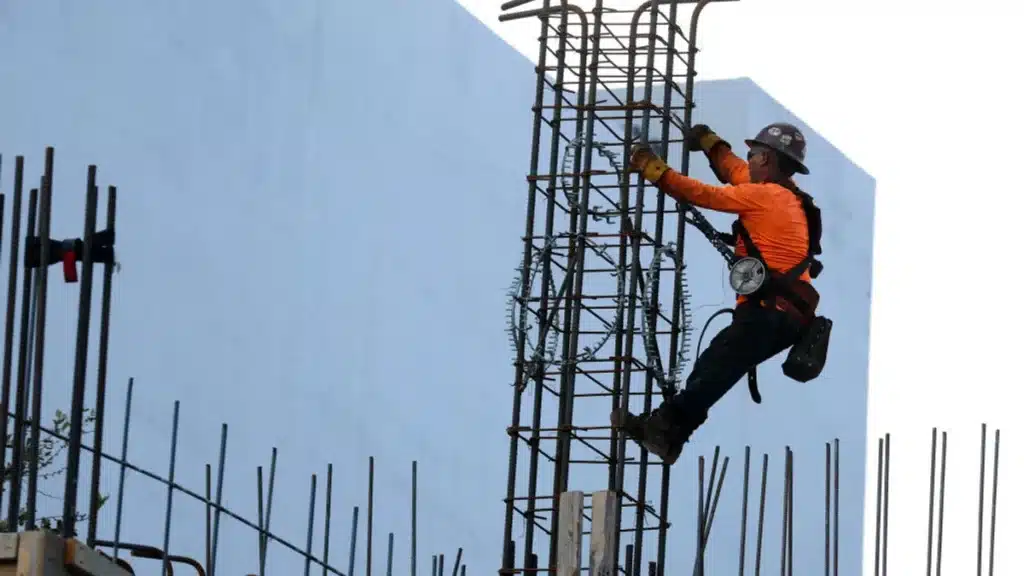
Impact on Construction Industry
The law has a mixed impact. On one hand, it boosts domestic manufacturing and job creation. On the other hand, it can limit flexibility and increase costs when local products are unavailable or more expensive.
For example:
A public school project in Texas was delayed for months because the specified roofing material—only available from a Canadian supplier—didn’t meet the Buy American requirements.
Exceptions and Waivers
Although the rule is strict, it allows for waivers under specific conditions, such as:
- If U.S.-made materials are unavailable
- If costs exceed a certain threshold
- If using American products isn’t in the public interest
The Federal Acquisition Regulation (FAR) outlines the process for applying for such waivers, often used in critical or time-sensitive projects.
Recent Updates and Executive Orders
In 2021, President Biden signed an executive order tightening BAA rules. The threshold for American content in products was raised, and more oversight was introduced to ensure compliance.
This means:
- Contractors must now verify more components are sourced domestically.
- Federal agencies are held accountable for waiver approvals.
These changes emphasize long-term investment in American supply chains, especially in the construction sector.
Challenges and Considerations
The main challenges include:
- Supply chain limitations: Some materials simply aren’t produced in the U.S.
- Cost escalation: Domestic options can be pricier, affecting overall budgets.
- Project delays: Waiting for approvals or alternative sourcing slows down schedules.
Still, for many public sector clients, the benefits—such as job creation and economic resilience—outweigh the drawbacks.
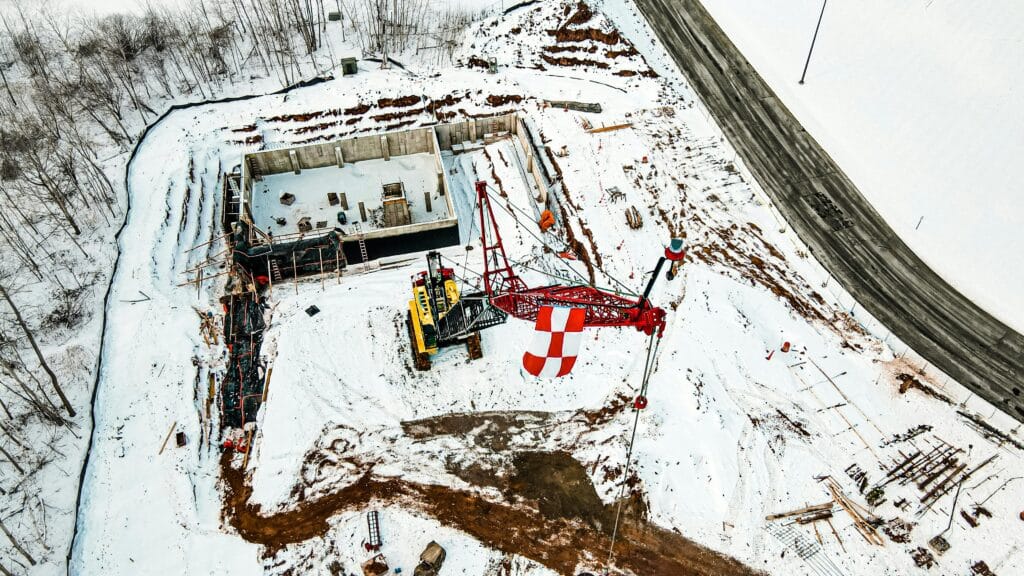
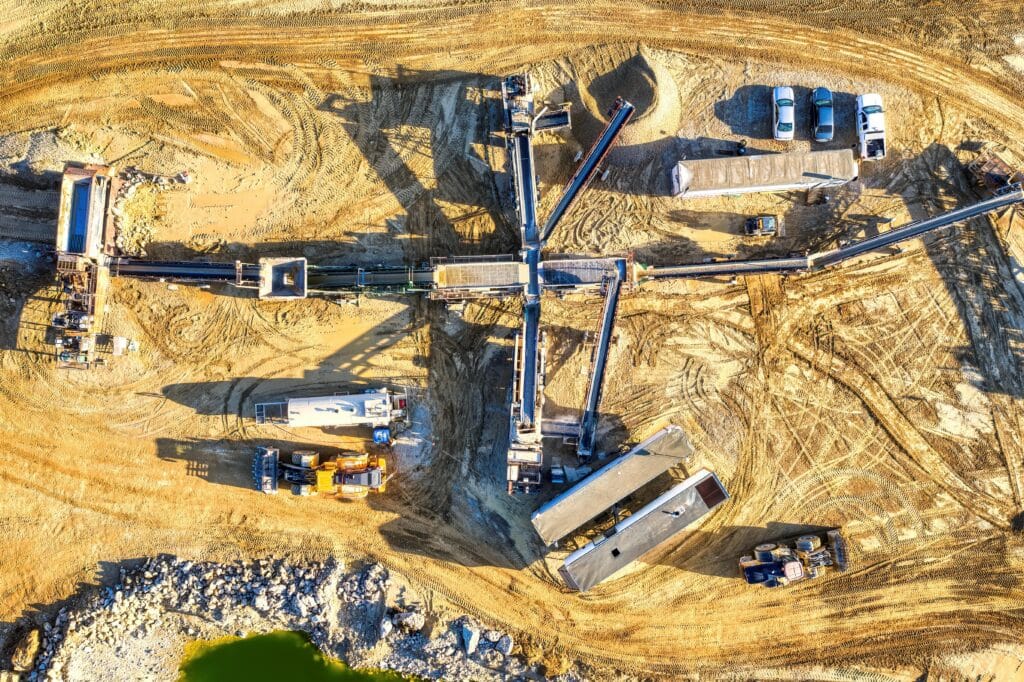
Conclusion
The Buy American Act in construction is not just a legal obligation; it’s a strategic tool that reflects national priorities. As the construction industry continues to evolve, balancing cost, availability, and compliance remains essential. Whether you’re a contractor, architect, or supplier, understanding this law is key to navigating U.S. public projects.
ArchUp is your go-to platform for everything architectural: news, analysis, and designs at the heart of the modern architectural movement.

